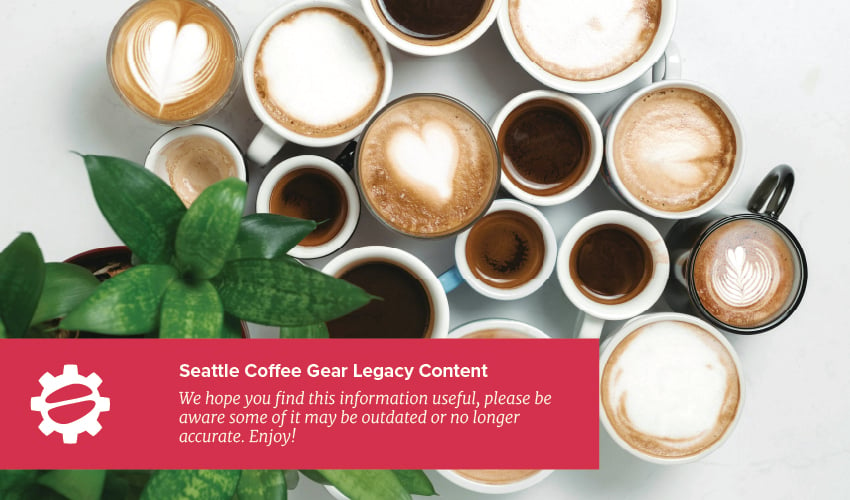We offer a couple of different coffee varieties that are treated with a nitrogen flush during their packaging (specifically, Lavazza and illy employ this practice), and we often have folks ask about what this is and why it's done. Once a food is processed, it begins to deteriorate immediately with exposure to oxygen. Foods that are high in fat or oil content are especially susceptible to this degradation, as their oils will begin to break down and become rancid in relatively short order. Flushing the package with nitrogen forces out the majority of oxygen and, unlike vacuum-sealing, also provides a bit of packaging protection as well. Nitrogen-flushing is often used with more delicate foods (like potato chips!), but is also very popular in preserving coffee beans. According to a few different roasters over on coffeed.com, coffee preservation experiments revealed that while packaging the coffee directly after roast did result in the out-gassed CO2 expelling oxygen through the one-way valve, their nitrogen-flushed counterparts lasted longer. In fact, one roaster reported that the shots pulled with a bag roasted 24 days previously still held up well! A major drawback, however, is that the nitrogen flushing process is not considered to be an organic-friendly practice, so roasters that are certified organic cannot employ this technique. Whether or not you're cool with this preservation process is sort of personal preference, but it's something that a lot of large scale roasters practice -- even some of the renowned third wave roasters, like Europe's Coffee Collective. And while the coffee will stay fresher using this method, once the bag is opened, it will age just as rapidly as any other variety ... so use it or lose it.
Cart updated ()


